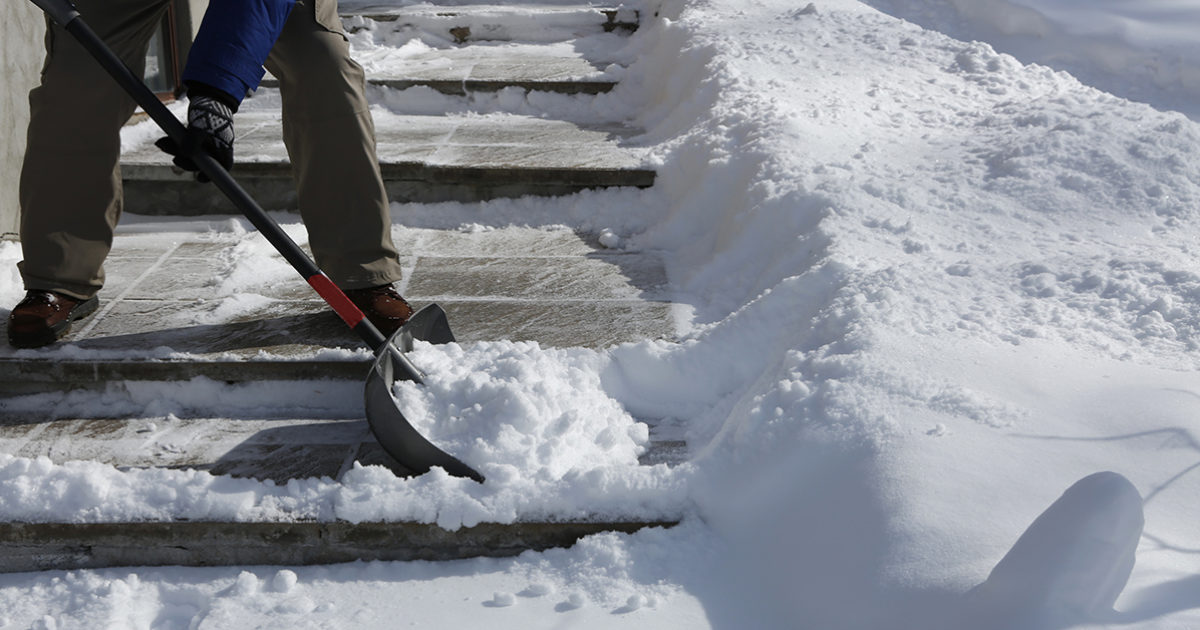
November 5, 2018 - TCO
How to shovel snow properly without throwing out your back
Believe it or not, shoveling is one of the more common causes of back injuries. The good news? Injuries are preventable, even if you don’t want to invest in a snow thrower. Just follow this simple list of dos and don’ts. With a little effort, you’ll be able to shovel snow properly, and keep your walkways clear, and body pain-free.
The right shovel
Don’t: Assume that one shovel works with all types of snow.
Do: Consider buying more than one shovel for different types of snowfalls (hard-packed, light, wet and heavy). In general, Consumer Reports suggests choosing shovels with D-shaped plastic or fiberglass handles. And remember, lighter shovels with shorter handles are easier to lift and throw snow with.
Pro Tip: To prevent snow from sticking to your shovel, spray the scoop with silicone or cooking spray.
The warm-up
Don’t: Roll out of bed, throw a coat over your PJ’s and head outdoors to grab the shovel.
Do: If you’re just waking up, give your body at least 30 minutes to prepare before jumping into action. A quick warm-up is always a good idea as well, no matter the time of day. Try knee lifts, arm circles, jumping jacks—anything to warm up your muscles before asking them to go out and work in the cold, which is pretty much the same as asking for an injury. World-renowned physical therapist, Robin A McKenzie, offers some great back-specific stretches to help prevent injury in his book, “Treat Your Own Back.” Check it out now.
The right form
Don’t: Assume you know the right way to shovel and throw snow, even if you’ve lived in Minnesota your entire life! Your body may surprise you.
Do: Practice proper form, which is basically a squat. Keep your feet hip-width apart and firmly on the ground (preferably in no-slip boots). With your back straight and core engaged, hinge from the hips to bend, scoop and throw. Remember, lift from your knees and avoid twisting—turn your body to face the same direction as you’re throwing the snow. For greater upper body control, keep a wide grip on the shovel, with one hand on the handle and the other hand closer to the scoop.
Pro Tip: Before you begin, spread sand, rock salt or—in a pinch—kitty litter to increase traction.
The long haul
Don’t: Try to beat the clock by powering through and shoveling huge piles of snow.
Do: Opt for more reps with smaller snow piles. In deep snow, lift a few inches off the top at a time. Remember to take breaks every 15 minutes or so to pause or stretch. Staying outside for more than 40 minutes and fatiguing yourself creates the perfect conditions for an injury, something everyone wants to avoid. If you do experience severe pain, swelling, stiffness or a decrease in motion, don’t wait it out. Be sure to contact your health care provider right away to avoid further injury.

